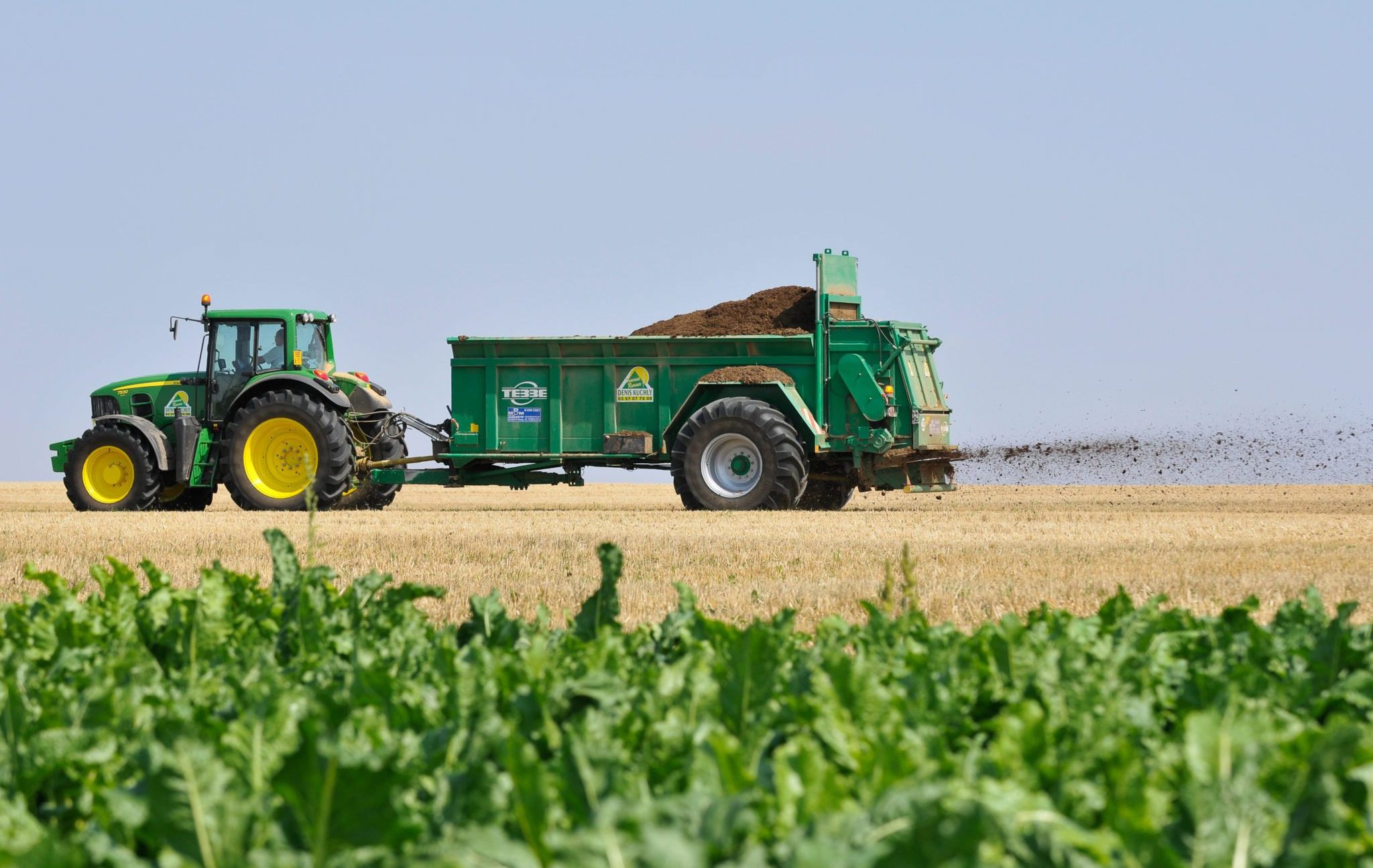The Global Fertilizer Crisis

Two months after Russia’s invasion of Ukraine, the global food crisis shows no signs of slowing. U.S. food prices are up a staggering 8.8 percent from last year. The global impact has been worse. The United Nations estimates that 6.3 million children between the ages of six months and five years will be acutely malnourished this year, up from 4.9 million in 2021.
Grain is one part of the story. Ukraine’s exit from global markets and the imposition of sanctions on Russia have raised grain prices, putting the populations of third-world importers like Nigeria at risk of starvation. But the effects of grain shortages, significant as they are, pale in comparison to those of a global fertilizer shortage. In addition to its pivotal role in producing sustainable crop yields, fertilizer is a one of the leading determinants of global food prices.
Russia is the world’s largest exporter of nitrogen-based fertilizer. And with the world cracking down on Russian exports, countries are turning to alternative sources to try to feed their populations. Some countries have tried ramping up domestic fertilizer production. Others, like India, are turning to unusual trading partners such as Canada and Israel to recoup the losses from Russia. President Biden recently announced his intention to allocate an additional $250 million to spur domestic fertilizer production. But given the way synthetic fertilizer is produced, the funds are unlikely to make an immediate impact and could be hampered by the administration’s war on oil.
Synthetic fertilizer typically is composed of some combination of three elements: nitrogen, phosphorous, and potassium. Of the three, nitrogen is used most, and is found in about 60 percent of all synthetic fertilizers. Plants need nitrogen to grow, and soil with low nitrogen levels produces lower yields and damaged crops. Because plants can’t process atmospheric nitrogen, synthetic-fertilizer producers have to convert nitrogen from the air to ammonia, a nitrogen-rich chemical that plants get naturally from manure and dead animals. That conversion procedure, called the Haber-Bosch process, uses hydrogen from oil, coal, or natural gas to create synthetic ammonium.
With high gas prices and the Biden administration’s reluctance to tap new oil sources, the input costs for domestic fertilizer producers are already high. More demand for hydrogen-based inputs will only send those costs higher. Absent significant imports, it’s unlikely an extra $250 million in funding for domestic producers will close the gap caused by the war in Ukraine. Industry sources also claim it’s unlikely that domestic production could be ramped up quickly enough to weather the fertilizer shortage.
“On average, a modern fertilizer plant producing commercially meaningful volumes will take three to five years to construct,” Veronica Nigh, senior economist at the American Farm Bureau Federation, told The American Conservative. She pointed to the fact that local, state, and federal authorities heavily regulate the construction of fertilizer plants, and added that that supply-chain issues would further delay the construction process.
Something has to give. As Nigh noted, “chemicals and fertilizer make up the largest share of on-farm expenditures” at roughly 18 percent of the average farm’s total outlays. And the U.S.’s options for imports are drying up fast. China, one of the world’s leading exporters of non-nitrogen-based fertilizers, put a moratorium on fertilizer exports in late October 2021. Other countries are decreasing exports as they turn their focus to domestic production.
And while the Biden White House branded surging fertilizer prices part of “Putin’s price hike,” imposing sanctions on Russian fertilizer exports was a political decision by members of the international community. Until March 24, the United States tagged sanctions on Russian fertilizer, which had been responsible for about 20 percent of our diammonium phosphate imports. The Biden administration wisely exempted mineral fertilizers from its most recent list of sanctioned Russian goods, but by then, the damage had been done. The most recent figure from the U.S. Fertilizer Price Index, which measures the weighted average of natural phosphate rock, phosphate, potassium, and nitrogenous prices, was $254.97, more than double its 2021 level.
Even as American fertilizer imports from Russia return to something like pre-sanctions levels in the coming months, there is no guarantee things will improve for American farmers. More than 40 percent of the world’s fertilizer is traded, Nigh said, so disruptions to other countries’ fertilizer production will have inflationary effects on food and fertilizer prices at home. As other countries and the European Union continue their boycotts of Russian fertilizer, their attendant focus on domestic production and alternative import sources could have the effect of further increasing input costs for American farmers.
It is already reaching crisis levels on the ground. A farmer in New Mexico named Mike Berry told Reuters that he “recently paid $680 a ton for liquid nitrogen to fertilize his corn crop.” That’s more than 230 percent higher than the cost of the same last year. If the international boycott of Russian fertilizer continues and the Biden administration remains averse to ramping up domestic oil production, there is a chance things get much worse for Berry and the rest of America’s farmers before they get better. We’ll all pay the price.
Comments